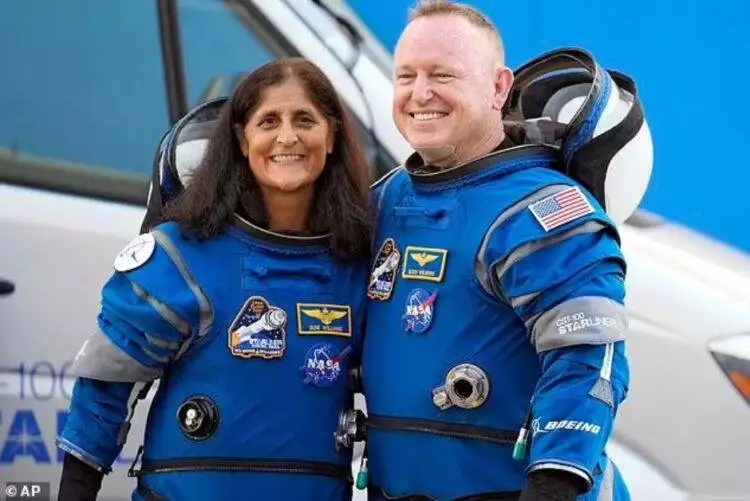NASA astronauts Sunita Williams and Barry Wilmore might end up dealing with serious, never-ending back pain after spending nine months in space.
A lot of astronauts deal with brutal back pain after coming back from space
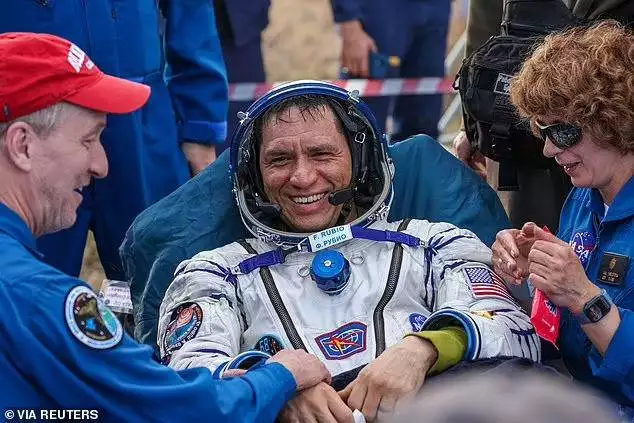
Turns out, spending that much time floating around up there isn’t great for the spine. Research says roughly a third of astronauts who stay in space for months end up with chronic back pain because their spines break down in zero gravity.
“Almost all astronauts suffer acute pain,” including NASA’s Frank Rubio, who spent a record 371 days on the ISS. He admitted it took him a good two to three months of rehab just to start feeling normal again after returning to Earth.
Zero gravity isn’t great for the spine—over time, it gets weaker
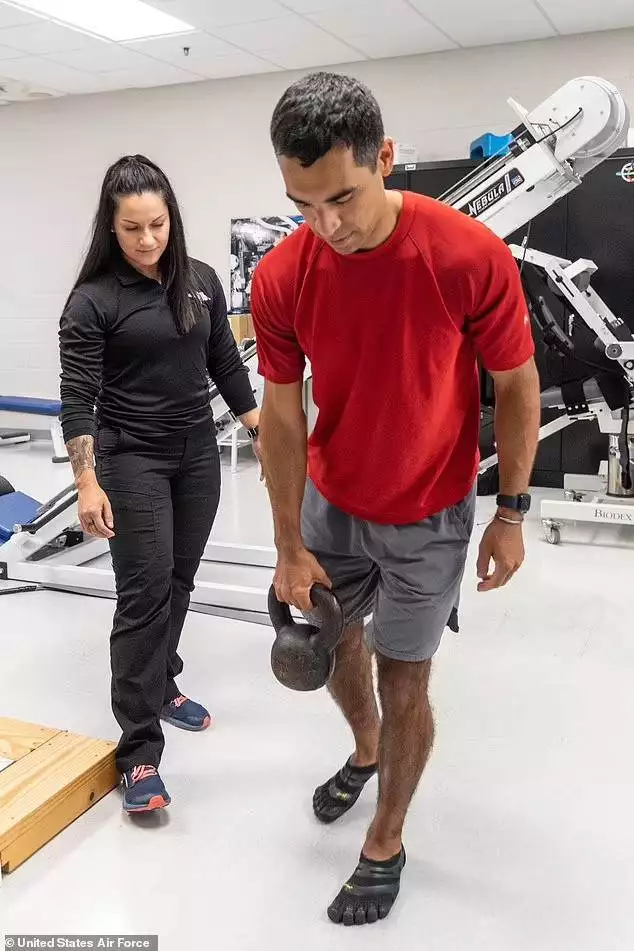
Doctors told DailyMail that since there’s no gravity on the ISS, the spine isn’t under the usual pressure, so it stretches out and gets longer. But once astronauts come back to Earth, it slowly goes back to normal—just a lot weaker.
Same goes for the back and core muscles. They’re supposed to support the spine, but after months in space, they lose a ton of strength.
Williams and Wilmore will face a long recovery process
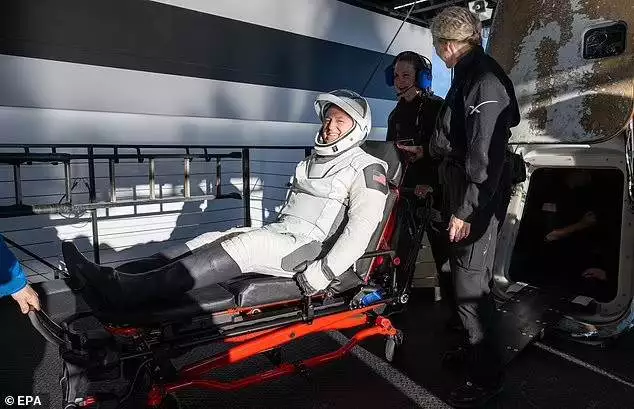
Williams,59, and Wilmore, 62, are back on Earth after 286 days in space, but getting back to normal won’t be quick.
Doctors say it’s gonna be a long recovery. DailyMail.com spoke with Dr. Ehsan Jazini, a spine surgeon at VSI, who said it’ll probably take them at least three to six months to feel fully normal again—and even longer for their spines to bounce back to how they were before the mission.
Some astronauts take over a year to recover
Former astronauts have said it can take up to 1.5 times the length of the mission to fully bounce back. So for Williams and Wilmore, that could mean more than a year before they really feel like themselves again.
Back pain after space travel can actually stick around for a while…
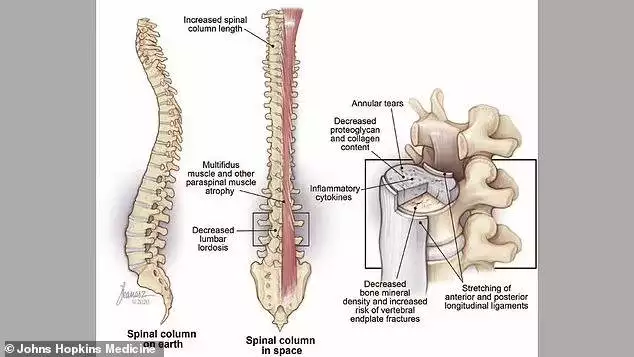
Experts say how bad it gets for Williams and Wilmore depends on their bone health, but a lot of astronauts have described the pain as “dramatic” or even “spasming.”
Muscle loss in space just makes things worse
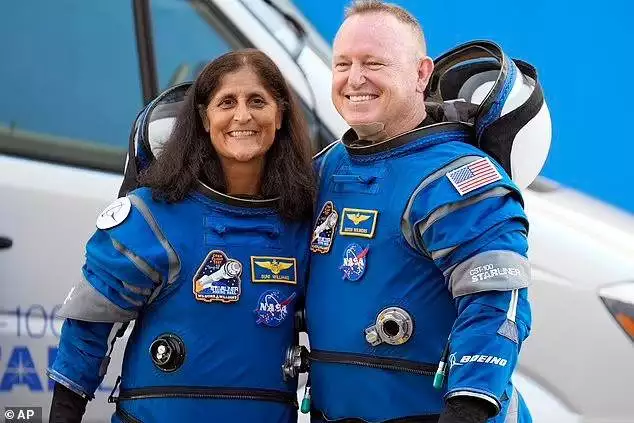
With no gravity on the ISS, astronauts lose both bone density and muscle strength—and that includes the muscles that support the spine.
Dr. Michael Eng, an orthopedic surgeon at Hoag Orthopedic Institute, said Williams and Wilmore will experience some muscle loss, even if it’s minor. He explained that weak core muscles can mess with posture, and in more serious cases, even increase the risk of a herniated disc.
Astronauts follow a strict rehabilitation program
Williams and Wilmore, like all astronauts, worked out at least two hours a day in space to slow down muscle and bone loss. But no matter how much they train, the longer they’re up there, the harder it is to bounce back once they’re back on Earth.
Rehab happens in three stages and takes about 45 days
For the NASA astronauts, that means working out two hours a day, every single day of the week. The program is customized for each astronaut, but it usually follows three main phases.
- Focusing on getting their strength, flexibility, and basic movement back—things like walking properly again. This includes gait training, range of motion exercises, and even obstacle courses
- Balance training and cardio workouts
- Work on getting back to peak physical condition with more intense functional training
But even after all that, bone density may never fully recover
Most astronauts get back to their pre-mission fitness level after about 45 days, at least according to NASA. But when it comes to bone density, that’s a different story.
For some, recovery can take months or even years—and research shows that many astronauts never fully regain the bone density they lost in space.












































